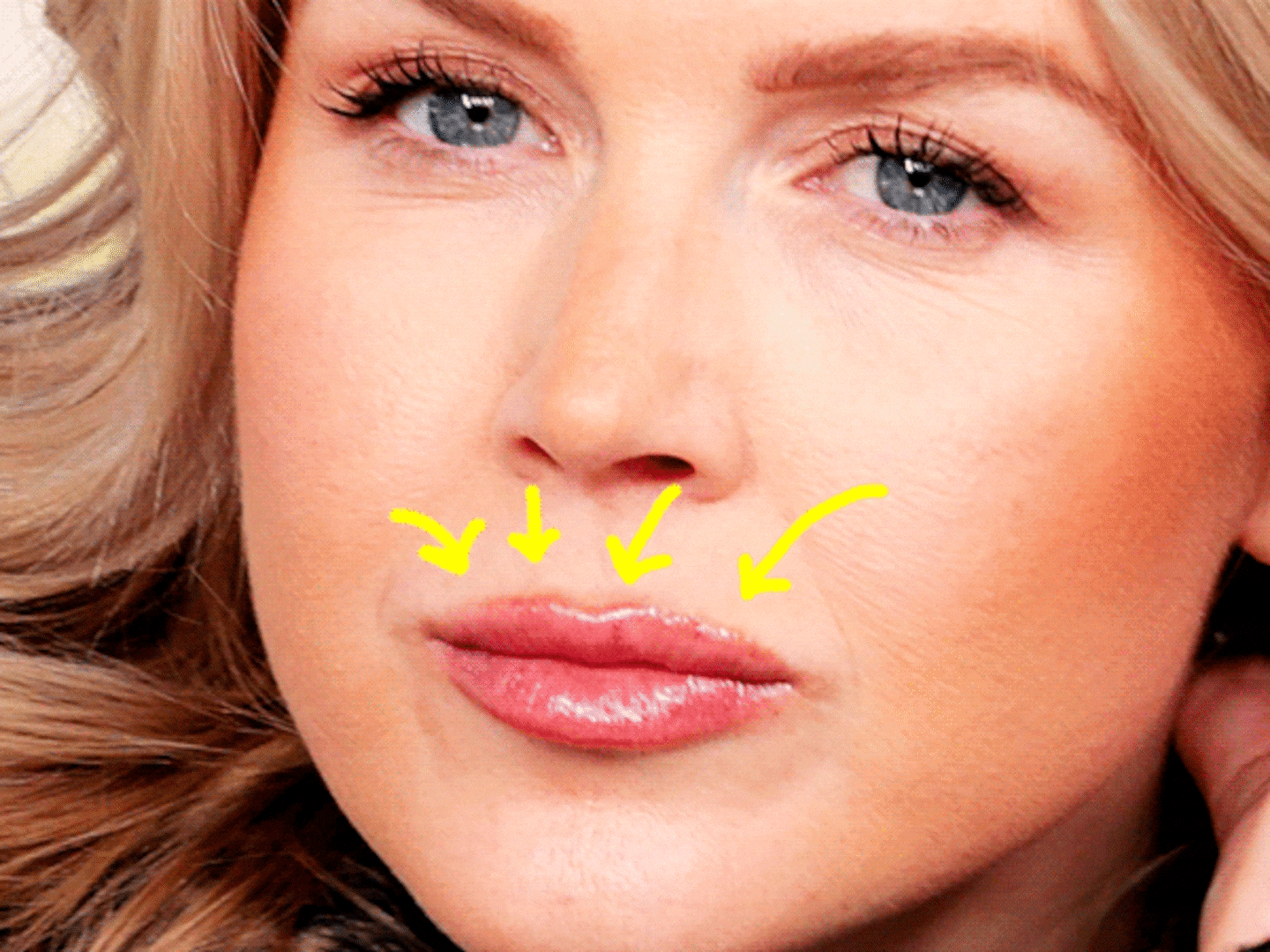
There’s never a shortage of outrage over the portrayal of women’s bodies in the media. This past week alone, Lena Dunham’s naked body was sprawled across news sites for the umpteenth time; Elle magazine was accused of being “fat-ist” for not celebrating Mindy Kaling’s curves on its cover (how dare they choose a lovely head shot instead?); and the Internet freaked out over the “bikini bridge,” the latest trend in thinspiration which, incidentally, turned out to be a hoax.
Amidst the fuss, Upworthy, the wildly popular website that manufactures viral content as a form of activism, released year-end data on its most popular posts. And those about objectifying women got a lot of clicks. "We saw that tens of millions of Internet citizens are deeply concerned about the way women are treated and the way they (and their bodies) are portrayed in the media,” Upworthy said in a press release. “Posts about women’s body image, about how the media distorts societal ideas about beauty, and about equalizing the opportunities available to girls and boys were all hugely popular. In all, viewers shared, tweeted, liked, commented on, or pinned the 22 posts on these topics more than 14.5 million times.”
I’m not surprised by the attention devoted to these topics, but before we declare America’s nationwide conversion to feminism, a few questions are in order. Why does Upworthy presume that pageviews and Facebook shares translate to “deep concern”? Isn’t there a faulty logic here, that tens of millions of Internet users are “concerned”—deeply so—about the way women are treated and the way they (and their bodies) are portrayed in the media because something is “shareable”? Couldn’t they be sharing this stuff because the headlines are so troll-y? Or perhaps because they disagree with the content or argument being made? It’s a nice thought, but Upworthy is assuming its readers are motivated by the best of intentions. After all, if there is so much outrage surrounding these issues, why is the Daily Mail the biggest news website in the world?
Still, sharing something is, in some way, a measure of approval, though a company press release is hardly a substitute for a rigorous academic study of how viral material shifts political attitudes. And it would seem that Upworthy’s sample pool consists mostly of people who already agree with the site’s views on women’s issues. Indeed, they’re issues tailored to a particular audience—young and progressive users of social media—but are they ones that all “Internet citizens” care about, or issues that Upworthy’s audience cares about?
So how does one measure the effectiveness of Upworthy’s feminist content?
Traffic and comments on social media, apparently. “The clicks and shares are a means to an end,” an Upworthy spokesperson told me. The site prides itself on curating “things that matter” from around the web and raising awareness around social issues like bullying and unrealistic beauty standards. “The goal is to get people to be aware of these topics—to start discussions about them within their circle of friends and to really increase the overall attention that these issues and trends get.”
It helps that Upworthy is well-funded (it’s supported by the Bill and Melinda Gates Foundation) and promotes video content that is invariably saccharine or sensational, but never provocative. Inspirational, uplifting videos about a doctor who dresses like a homeless man to raise money for a non-profit, for example, or children talking about what “fairness” means to them, aren’t unlike Buzzfeed’s kittens: they make us feel all warm inside. And its clickbait headlines, often the object of scorn online, have become so ubiquitous that they have produced countless imitators, been mocked by New York Times media reporter David Carr, and analyzed by The Atlantic.
But Upworthy presumes that by starting—or contributing to—a cultural conversation, it is making a difference. Indeed, the site’s very name suggests that its content is worthy of being shared. This isn’t to say Upworthy isn’t focusing on important issues, or that its skillful model of enticing readers to activist material shouldn’t be celebrated (though the online backlash against the site’s often misleading headlines has begun). It’s an undeniably effective one (Harvard’s Nieman Journalism Lab called it “the fastest growing news-site on the web,” despite it being better described as an “activism site”), but in trumpeting the success of its viral material, the site is likely overestimating the impact of its call-to-arms posts.
It’s nice to believe that clever videos change the way we think about the representation of women in the media, but I’ll believe it when I see a widespread change in the way women are represented in the media.






